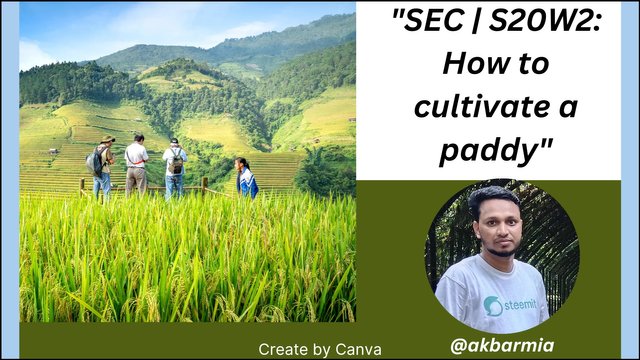
Paddy is a food crop, mainly cultivated for rice production. Especially it is known as a major food crop in Asia. There are many types of paddy, such as aman, boro, aushdhan, etc.
An important step in rice cultivation is seedbed preparation. Rice seedlings are planted by planting these seedbeds. The method of seedbed preparation is discussed below:
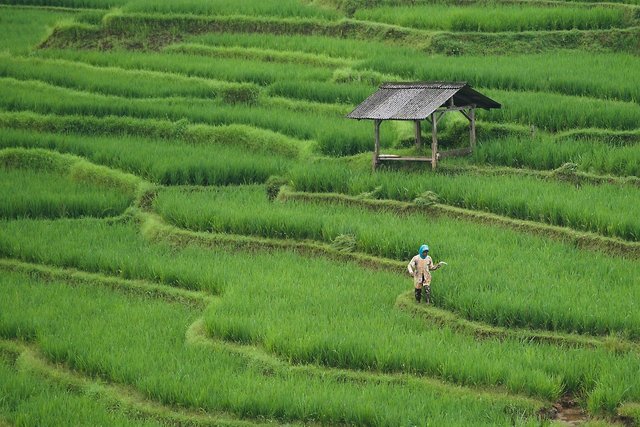
Pixabay
Soil Preparation: The first step for seeding is soil preparation. For example: selecting a suitable site so that the soil is flat and has good water drainage and the soil should be softened by good tillage.
Preparation of seeds: Good and quality seeds should be collected. Seeds should be treated to prevent insect and disease attacks. Then the seeds should be soaked and soaked with cloth or jute sack for seed germination.
Sowing seeds in the seedbed: The germinated seeds should be scattered in the seedbed and care should be taken that the seeds go a little deeper into the soil.
Irrigation and serving: Water should be given as per requirement after sprouting and weeding, use of insecticides for insects etc.
Land clearing: First remove weeds, previous crop residues and stones from the land for paddy cultivation.
Cultivation of land: The land should be well-ploughed for planting rice seedlings. So that the seedlings can grow roots very easily. After ploughing, the soil should be levelled with a ladder.
Water System: Without water, no life can survive. So is rice. So adequate water should be provided and levelled before planting so that the water reaches all the places.
Application of organic manure: To increase the fertility of the land, organic manure or dung should be applied. As a result, soil nutrients will get rain, and yield will be better.
Prepare the land for planting: Finally, the land has to be prepared for planting. Like the correct level of water, whether there are parallels etc.
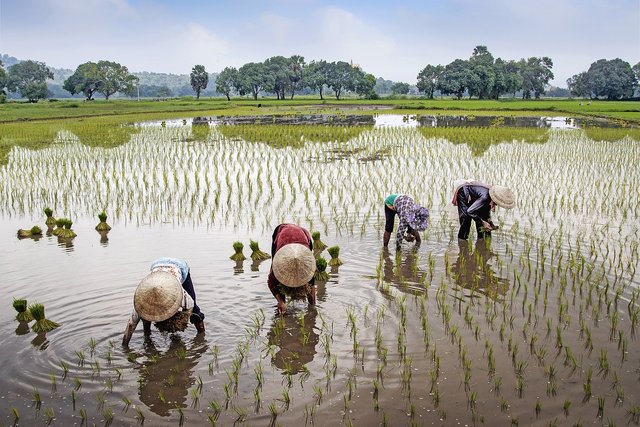
Pixabay
Planting rice seeds at the right time is very important, as it directly affects the yield and quality of rice. Timely planting of paddy can adjust to weather conditions, resulting in less crop damage. Timely cultivation of paddy provides many benefits, such as Cultivation of paddy at the beginning of the rainy season provides benefits of water. If planted at the right time, rice plants grow well and are less prone to disease and insect attacks. Rice crops planted at the right time ripen quickly and evenly, resulting in better yield quantity and quality. So it can be said that there is no alternative to planting paddy at the right time.
Proper irrigation and fertilization after the sowing of rice seeds are very important to ensure a good yield of rice.
Irrigation Process:
Before planting the seedlings, the seedlings should be planted with enough water. The first watering should be done within 3-5 days after planting. During this time, the soil of the land should be kept sufficiently moist, so that the seeds grow well. After 2-3 days, light irrigation should be done so that there is water in the soil, but no excess water should be given. A level of 3-5 cm of water is enough. After clearing the weeds, water cannot be given for 3-4 days, because then the rice plant grows well if the soil is exposed to full sun.
Fertilizer application:
Proper application of fertilizers is very important for rice growth. The essential elements of fertilizers are Nitrogen, Phosphorus and Potash. The specific amount and timing of application of these fertilizers is very important.
First application of fertilizers: Urea, TSP and MOP fertilizers should be applied to the soil during seedbed preparation. Usually, after 8-12 days, urea fertilizer is applied to create a suitable environment for the growth of seedlings.
Second Fertilizer Application: After 20-30 days after sprouting, fertilizer should be applied again. Urea fertilizer should be given at this time so that the plant grows well.
Third application of fertilizers: Urea and potash fertilizers should be applied again at the time of paddy tillering (within 45-55 days) so that the paddy grains grow well. The amount of fertilizer may be slightly less or more depending on the type of soil and the climate of the area.
Major Pests
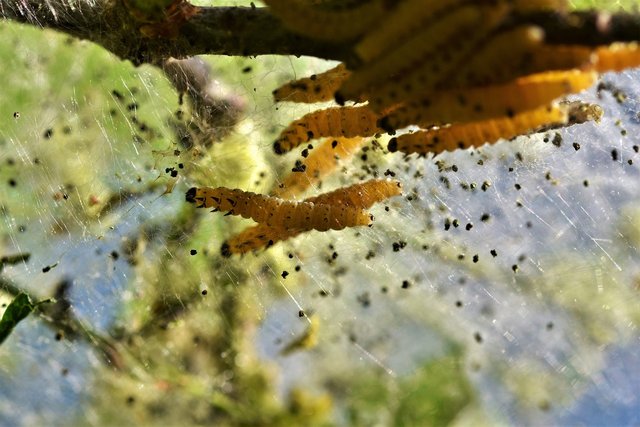
Pixabay
Rice Leaf Weevil: Feeds and eats rice leaves.
Rice borer: Enters the rice stem, absorbs nutrients, and destroys the yield of rice.
Rice weevil: Eats young rice seeds.
Black-headed caterpillar: Eats rice leaves, resulting in nutrient deficiency .* Hopper beetle absorbs rice sap and spreads the virus.
Major Diseases
Blast disease of rice: Brown spots appear on the leaves of rice which later spread to the stem and grain.
Carblong of rice: Brown or white spots appear on the edges of rice leaves.
Tungro virus disease of rice: Causes yellow or orange discolouration of rice leaves and destroys crop yield.
Rice shell rot disease: Rots near the stem of rice.
Stem rot disease of rice: Stem rot occurs at the lower part of rice, which damages the disease.
Following are some effective methods for controlling rice pests and diseases:
Use of enemies: Controls natural enemies such as Trichogramma, ladybird beetle etc.
Pheromone traps: Pheromone traps are used to attract male insects, which helps reduce insect infestation.
Light trap: Insects are caught by attracting them using light at night.
Usage of fish: Fish can be left on the farm and are eaten by insects.
Keep Clean: Land should be cleared of weeds and unwanted vegetation to reduce insect infestation.
Specific Pesticides: Pesticides specific to insects can be applied but overuse should be avoided.
Disease-Resistant Varieties: Disease-resistant varieties of rice should be used.
Land Preparation: It is important to prepare the land well and keep an adequate drainage system.
Crop Rotation Crop rotation without repeatedly cultivating rice on the same land.
Use of compost: Application of organic fertilizers and compost to the land increases soil fertility, which helps in disease prevention.
Fungicide: Use of specific fungicides for fungal diseases.
Bactericide: Certain drugs can be applied to control bacterial diseases
- Separate the paddy and straw or bark of the rice plant by threshing the rice.
- Then the rice should be dried well. It is better to dry rice in sunlight.
- The paddy should be cleaned thoroughly so that there is no dirt, stones, straw or other unwanted matter.
- After drying and cleaning the paddy should be stored.
- Paddy must be harvested at the right time, i.e. harvested as soon as the paddy is ripe.
- After harvesting, the paddy should be dried so that the moisture content of the paddy is between 13-14 per cent. Otherwise, the rice may rot.
- The rice should be cleaned well.
- The place should be prepared for the storage of paddy, care should be taken that the place is cold, dry and airy.
- Paddy can be stored in sacks or airtight drums.
- Pesticides should be applied beforehand to prevent insect infestation.
- After storage, the paddy should be inspected regularly to ensure that there is no problem due to insects or moisture.
I invited them @nurnobi10 @mahadisalim @dove11
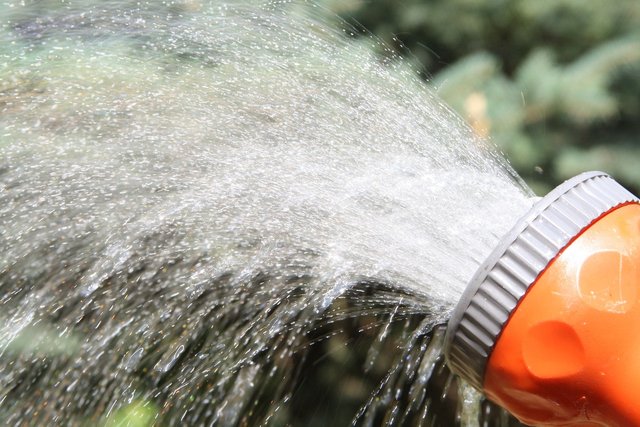
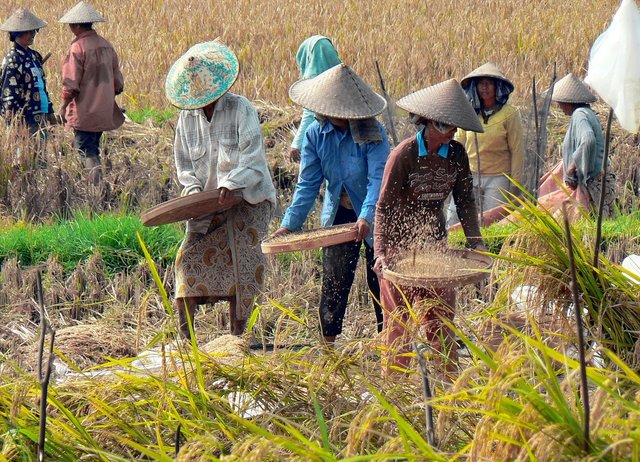
💯⚜2️⃣0️⃣2️⃣4️⃣ This is a manual curation from the @tipu Curation Project
@tipu curate
Downvoting a post can decrease pending rewards and make it less visible. Common reasons:
Submit
Upvoted 👌 (Mana: 7/8) Get profit votes with @tipU :)
Downvoting a post can decrease pending rewards and make it less visible. Common reasons:
Submit
Downvoting a post can decrease pending rewards and make it less visible. Common reasons:
Submit
Welcome to the agro-learning challenge season 20.
Observations and suggestions:
. Demonstrated good knowledge on task 1. Seedbed and soil preparations should be correctly done to get all other processes and stages right.
. You attended to the importance of planting rice at the right time nicely. Most expected points were mentioned.
. Generally, youhave attended to the task with sufficient knowledge.
We appreciate your participation and hope to see you in week 3.
Downvoting a post can decrease pending rewards and make it less visible. Common reasons:
Submit